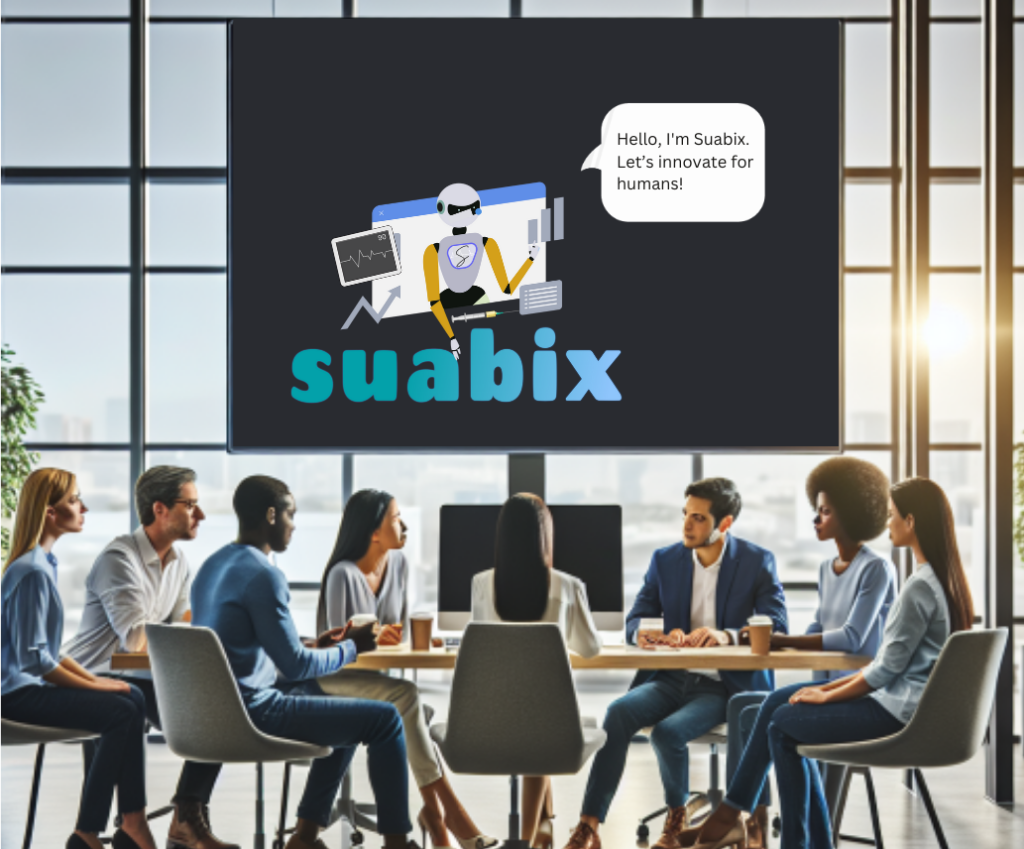When I started sharing insights about my research findings and the Successful Human Factors framework, also crafting practical articles to boost awareness and implementation, my goal was to keep the content accessible to all stakeholders. I was all about open sharing… However, the rampant and persistent plagiarism surprised me, and sadly, it led me to allow full access to ‘registered users’ only.
Once again, I find it necessary to stress the importance of acknowledging and respecting intellectual property, cultivating a professional environment that values originality, and maintains ethical standards. However, the lack of respect for original contributions is troubling. Some individuals prefer to play ignorant rather than follow ethical guidelines and give credit where it’s due.
Identity Crisis!
Encountering my own research findings and contributions paraded by others as their own has almost triggered an identity crisis! — Wait, was that me? Did I truly pioneer work on ‘Key Success Factors for Human Factors Validations’? Mmm, the mysteries of intellectual authorship!
Well, the good thing is that literature reviews don’t lie. Anybody can conduct a simple search to find who was the first diving into “key success factors” and “successful human factors validations.” My own literature review from years ago suggested that not such work existed at the time (perhaps that’s why I took on the challenge?).
Yet, as it turns out, all this time, I overlooked the true authors of this line of work… Case in point: someone has been presenting the exact topic and findings at the BIOMEDevice conference (also, “coincidently”, including ideas I had shared months ago in my article “Redefining Human Factors Validations“)…
Embrace Collaboration (or, at the very least, extend a nod to the existing work around you!)
Are you intrigued by initiatives that others have spearheaded? Do you recognize the merit in the efforts of your peers? Consider how your contributions can not only stand on their own but also complement and build upon the foundation set by fellow innovators. This collective approach ensures that innovation thrives in an environment that values originality.
It is truly a shame to have to caution budding professionals (who love boasting about innovation) regarding copyrights and intellectual property rights… These are genuine challenges for those of us pushing the envelope to contribute innovative ideas and drive the field forward—all in the spirit of collaboration (sans the spotlight-stealing attempts).
Remember, in the grand dance of innovation, it’s always better to bring your own unique moves to the party—no one wants to be caught plagiarizing someone else’s awkward two-steps!
.

